The Summer In Italy Newsletter

Day Trips From Rome
The boot of Italy is divided into 20 regions (most know of Tuscany, or Umbria, for example) but many don't know that Rome is not only the capital city, but that it sits within the Lazio region. Most people hit the city but do not explore all the wonders and sights of the surrounding region. So here are five reasons you will LOVE exploring the Lazio region!
1. Seaside bliss. There are miles of coastline in Lazio! Beautiful beaches like Santa Marinella with its waterfront castle; or Anzio or with the ruins of Nero's palace partially submerged in the clear water. Another good choice is beautiful Sperlonga, a town with narrow lanes wending around the hill town, and gorgeous stretches of sand extending out below, or Sabaudia, with its coastal dunes...there are some really beautiful beaches that many international travelers never find. Whether you prefer a secluded spot where you bring your own beach blanket and umbrella, or like the serviced concessions called lidos that provide umbrellas, sun beds, and amenities like showers, changing cabins, snack bars or restaurants, you'll be able to enjoy great beaches in Lazio.
2. The Lazio "lakes region". While the northern lakes - Como, Maggiore and Garda- are certainly grander and more dramatic with their mountainous backdrops, the lakes in Lazio are nothing to scoff at. Lake Bracciano is a beauty with a trio of towns that will enchant you. Bracciano is the largest, and has its imposing castle up on top where A-list celebrities have married or had receptions. The town keeps its medieval charm and has panoramic overlooks to see the lake down below it. A beachfront area is nice but takes a bus or car (or sturdy legs!) to reach and get back up to town. Anguillara Sabazia is picturesque with its old town just a bit uphill but lanes staggering down and a lot along and near the water. There are many places to enjoy a meal or drink or gelato right on the lake, and a plane tree-lined walk that is a nice path to wander for a walk and leads to a beach. A pier gives a great view of the town, that you may recognize from its TV appearance in the show Everybody Loves Raymond. Trevignano is the smallest but also quaint town right at the water's edge, with some nice shops, restaurants, cafes, and ambiance. The lake has a ferry that goes between the towns in the summer months, and since no motors allowed, is a placid place.
Lake Bolsena is a volcanic lake with a perfectly preserved medieval town on the hill. It's actually the largest volcanic lake in Europe, and holds two islands in its waters (both are private and require permission to visit, but they are home to a host of migratory birds.) Complete with castle, pretty art-filled churches, narrow cobbled lanes, and of course the lake's water activities like boating and fishing, Bolsena makes a great day trip from the city's bustle.
3. Viterbo. The "city of the popes" is a beautiful yet overlooked medieval city with loads of gorgeous corners, the papal palace was home to the papacy for 24 years and is where the first papal conclave took place. It lasted so long (33 months) that the authorities resorted to withholding food and water supplies to move things along!) The palace is the centerpiece of Piazza San Lorenzo. The Piazza del Gesu with its fountains is also home to many towers in the vicinity, along with cobbled lanes, archways and ambiance galore. Well, the whole centro storico has that!
Viterbo's lovely San Pellegrino district contains loads of those tall towers that San Gimignano is famous for, flower box-strewn streets, and lots of charm. There are plenty of sights, restaurants, caffes and ambiance to enjoy that you'll be happy to have made the train journey (an hour and 40 minutes). The Basilica of San Francesco, the cathedral of San Lorenzo, the Papal Palace, and a museum with the incredible macchine built for the festa of Santa Rosa, tall and elaborate sculptural works that are carried on mens' shoulders through the centro storico. Oh, and there are also soothing hot springs just at the edge of town - some are open and free and others are at the spas, but either way, you can bliss out for a bit and soothe the aches from all the walking you do around Rome.
4. Ostia - Antica or Lido. When Romans say "Ostia" they normally mean the town where the beaches and restaurants are. That's because it is a close train ride and a way to get to the water quickly. In the cute centro of the town there are also loads of restaurants, pizzerias, and gelaterias, as well as shops, so it can be a nice day away from the city with sea air and maybe a splash in the Mediterranean water. Note that here, the free beaches can be hard to find as they are small slivers tucked in among the many (many!) lido concessions (known as stabilimenti balneari). Many of these lidos will charge you an entrance fee as well as a fee per umbrella and sunbed, so it can be pricey if you just want an hour or two of sunning and swimming. (This link tells you where to find the free and lowest-cost beaches; it's in Italian so you may need to use a translator, but it may be helpful for you.)
However Ostia can also mean Ostia Antica, the ancient seaport for Rome, which is -in a word- spectacular! Many visitors say they prefer it to Pompei. The well-preserved ruins in the archeological park are extensive, where you can walk the thick-stoned Roman streets amidst columns, villas, incredibly-preserved mosaics, and more. It is a trip back in time. Here it should be noted that the most delicate of the mosaics are covered up in the winter to protect them. The seaport was on the Tiber and used to transport goods from ships into the city, but became a city of itself. You'll see homes, what had been shops and even a bakery, a theater, and plenty of statuary (and more) all under the shade of characteristic umbrella pines. This section includes a good museum with the artifacts found here. The ruins of the Imperial Harbors of Trajan and Claudius are located further north in Fiumicino, just south of the airport. That section on Lake Traiano includes the portus romae, the portico di Claudio, and the ancient boats museum. (Find out more at the Ostia Antica website.
To reach Ostia (Lido or Antica) you can a train from the Porta San Paolo station (near the Piramide metro station). From there you can travel to Ostia Antica or ride to to the end to Ostia Lido Centro. At 1.50 euro each way, it is a bargain!

Italian Wisdom
"Non è bello ciò che è bello ma è bello ciò che piace."
(Beauty is in the eye of the beholder. Literally: Beauty isn't what is beautiful but what you like is beautiful.).
Did You Know
that Siracusa was once the largest Greek city in the ancient world?

The Oldest Restaurant in Rome
It may not seem like it, with the plain decor and non-fussy ambiance, but La Campana is indeed the oldest restaurant in Rome -in fact, in all of Italy. (Some say it is the oldest in the world. The Guiness World Record folks are looking into that claim.)
Located a few blocks from Piazza Navona near the Tiber River, it has been in business, as registered in documents, since 1518! Supposedly it was one of Caravaggio's favorite restaurants (though with his wild reputation who knows what trouble he may have caused there!) While it doesn't retain medieval or Renaissance ambiance, it has been in the same family for a century, with photos of the great-grandparents on the walls to show the continuity. It alsol serve up classic Roman dishes like pasta with cacio e pepe, amatriciana, coda alla vaccinara (oxtail sauce, a long-held Roman tradition), and fried artichockes known as carciofi alla giudea (among fish and meat main courses, too). This is old-school Roman fare, as is only right in such a storied place, and the prices aren't bad either.
Did You Know...
the highest regional capital in Italy is Potenza (in the southern Basilicata region)? The small region is between Campania and Puglia.
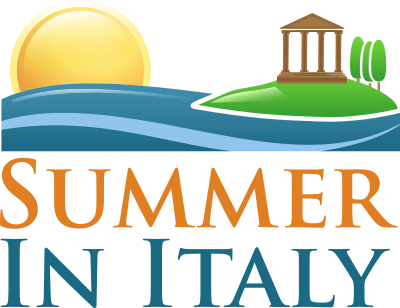
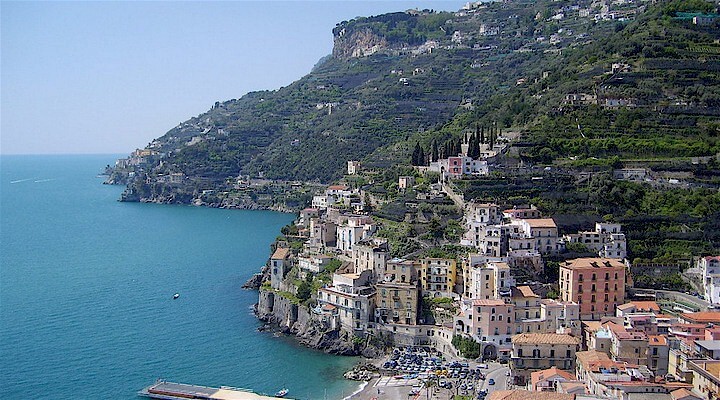 Amalfi Coast
Amalfi Coast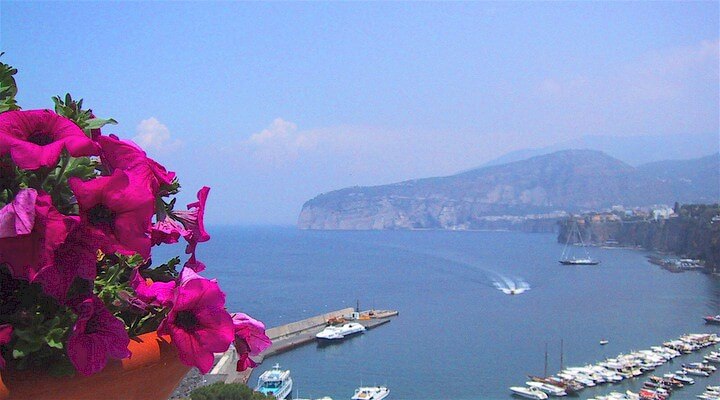 Sorrento Coast
Sorrento Coast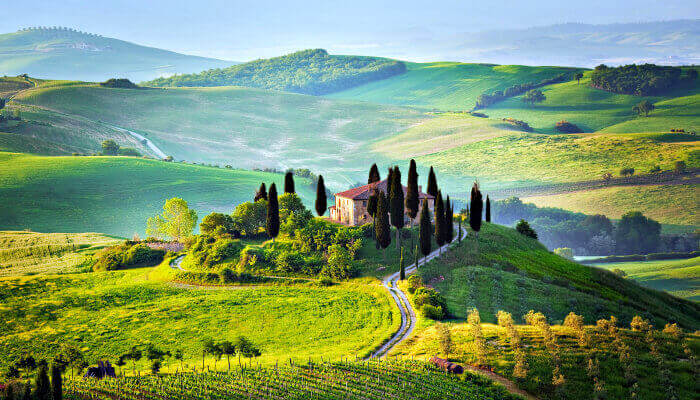 Tuscany
Tuscany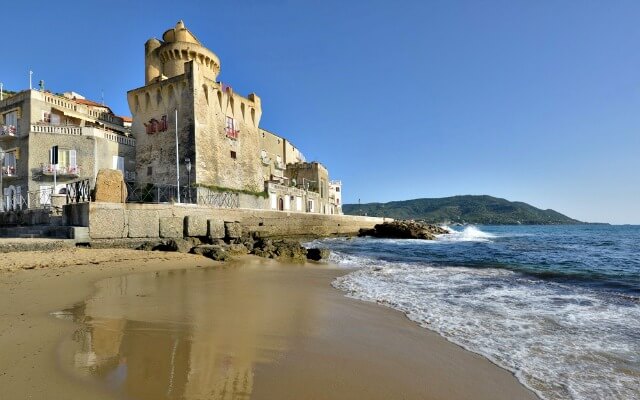 Cilento National Park
Cilento National Park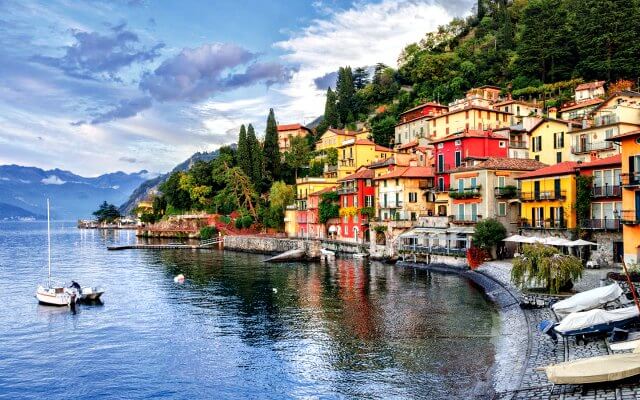 Lake Como
Lake Como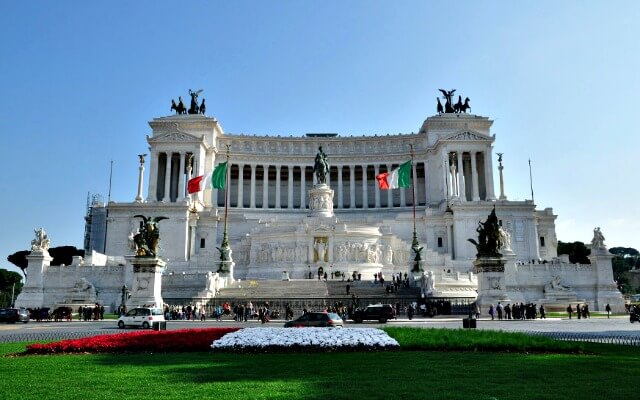 Rome and Latium
Rome and Latium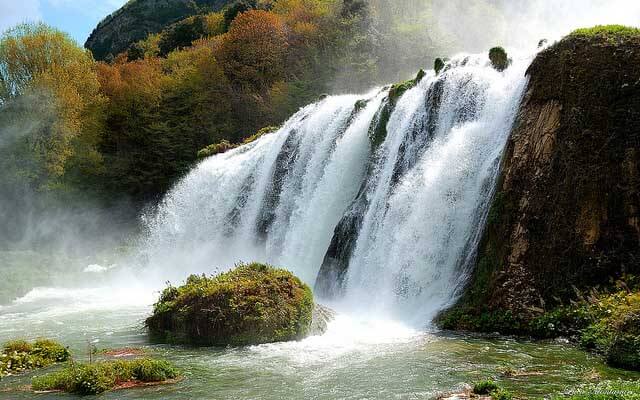 Umbria
Umbria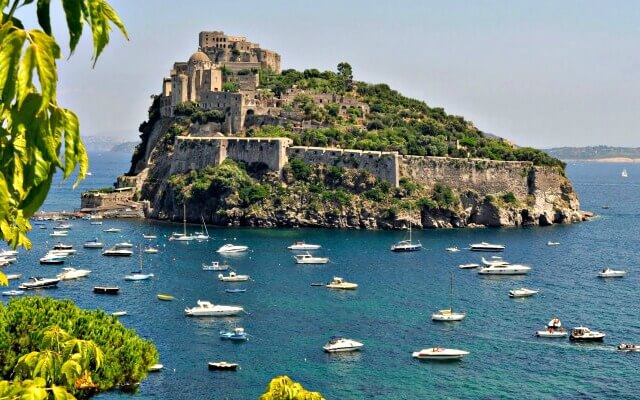 Capri and Ischia
Capri and Ischia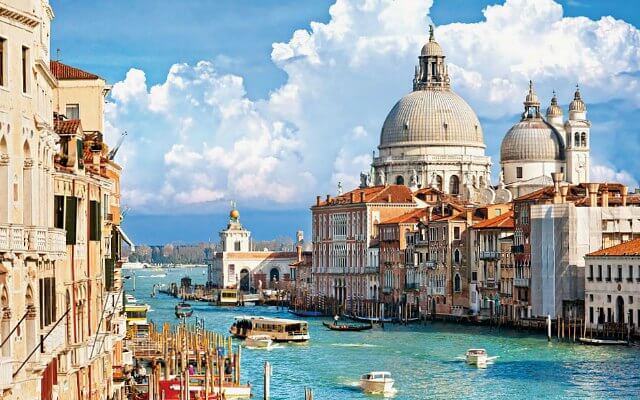 Venice
Venice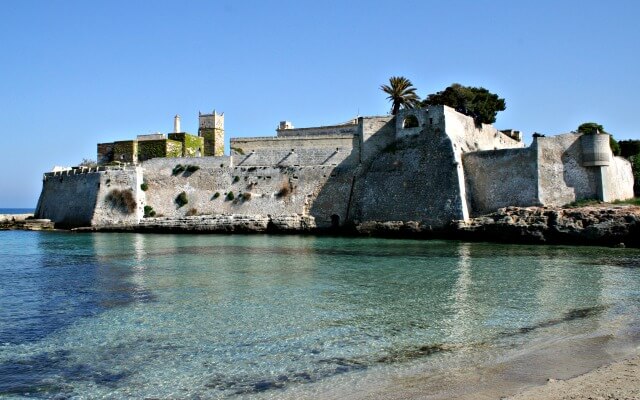 Puglia (Apulia)
Puglia (Apulia)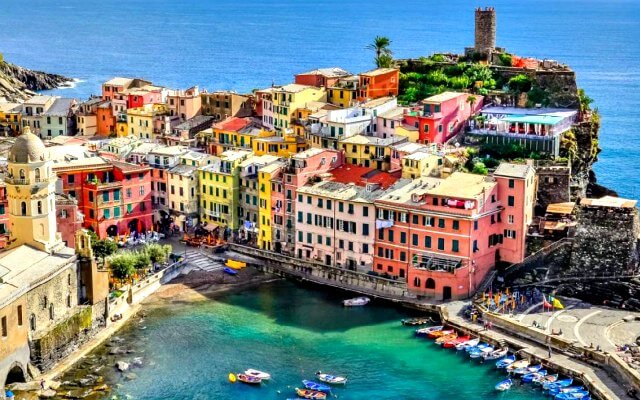 Liguria
Liguria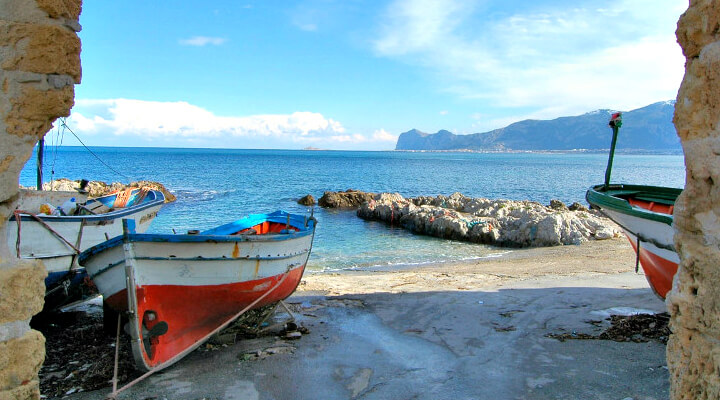 Sicily
Sicily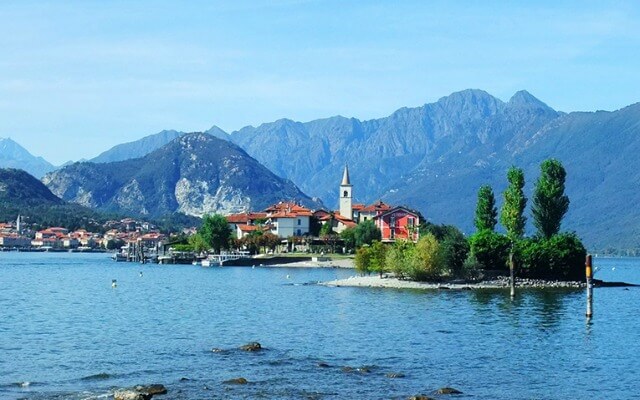 Lake Maggiore
Lake Maggiore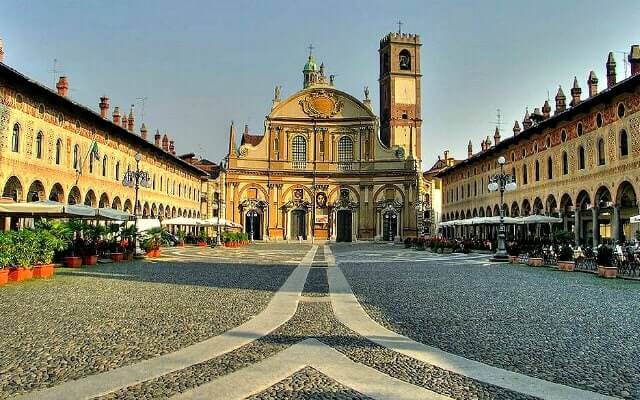 Lombardy
Lombardy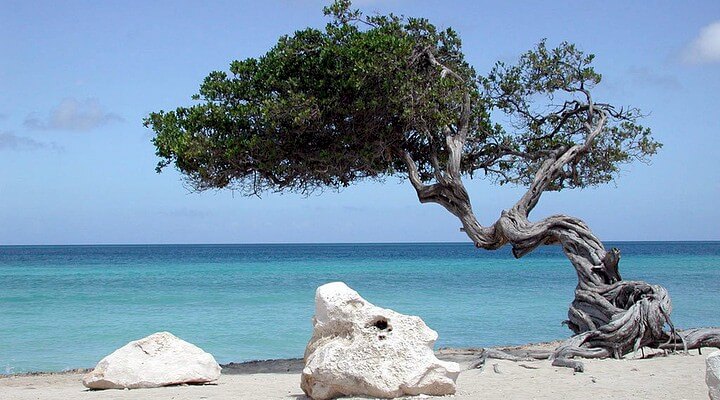 Sardinia
Sardinia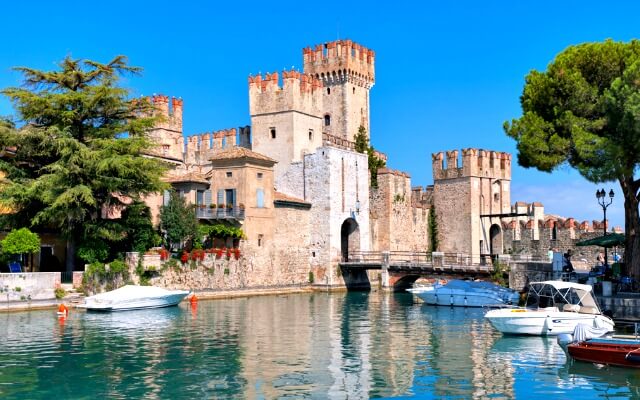 Lake Garda
Lake Garda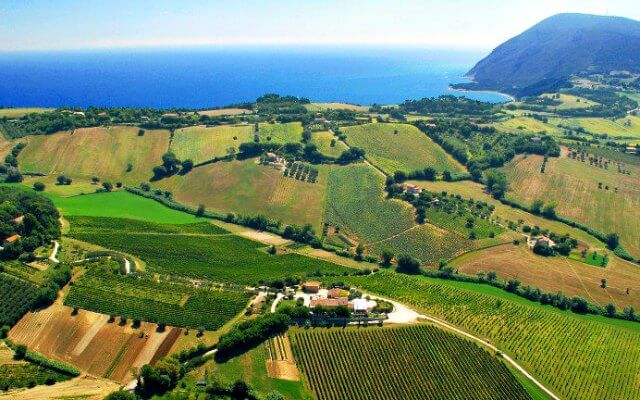 Abruzzo and Marche
Abruzzo and Marche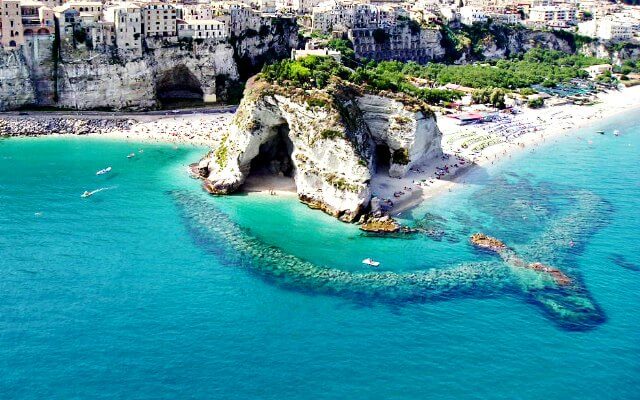 Calabria
Calabria